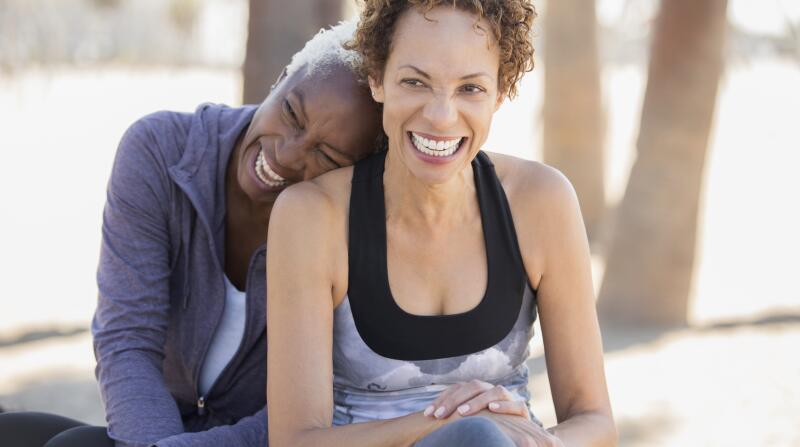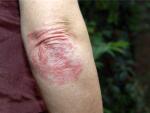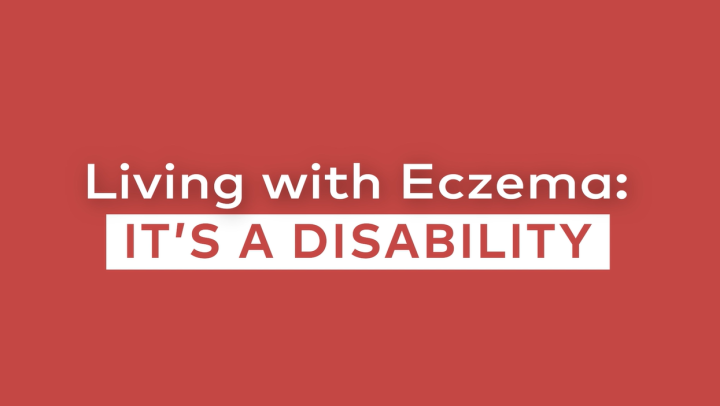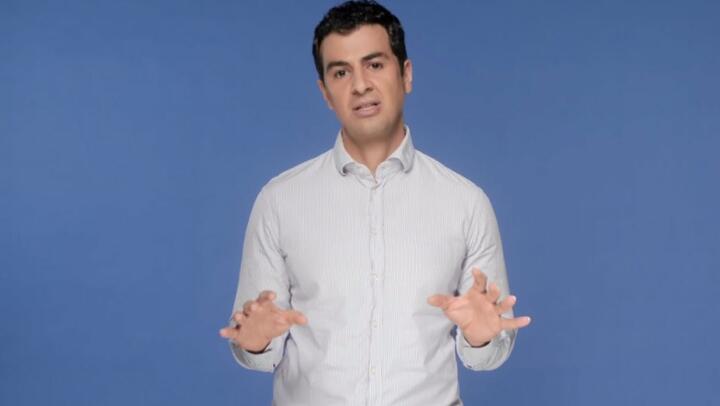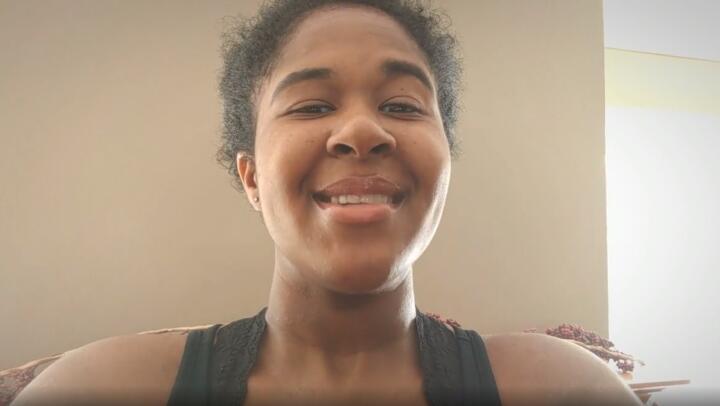11 Ways to Cope with Hair Loss

Medically Reviewed By William C. Lloyd III, MD, FACS
Written By Jennifer Larson on March 2, 2021
-
 Coping With Hair LossLiving with hair loss can be a difficult proposition. For many women, their hair is intrinsically connected to their self-image. If their hair looks good, they feel good about their appearance–and themselves. But if their hair starts to thin or fall out, their self-esteem begins to suffer. If you’re noticing thinning hair, you don’t have to just grin (or grimace) and bear it. You might want to try one or several strategies for coping with your hair loss.
Coping With Hair LossLiving with hair loss can be a difficult proposition. For many women, their hair is intrinsically connected to their self-image. If their hair looks good, they feel good about their appearance–and themselves. But if their hair starts to thin or fall out, their self-esteem begins to suffer. If you’re noticing thinning hair, you don’t have to just grin (or grimace) and bear it. You might want to try one or several strategies for coping with your hair loss. -
 1. Investigate the cause.If you aren’t sure why you’re losing hair, make an appointment with your doctor. Many factors, including stress, can lead to hair loss, but so can underlying medical conditions and certain medications. Bald patches may be an indicator of alopecia areata, a common autoimmune skin disease that causes hair loss, but it could also be a sign of something else that might require medical care, like thyroid disease. It’s a good idea to rule out any health conditions that could be causing your hair to thin or fall out.
1. Investigate the cause.If you aren’t sure why you’re losing hair, make an appointment with your doctor. Many factors, including stress, can lead to hair loss, but so can underlying medical conditions and certain medications. Bald patches may be an indicator of alopecia areata, a common autoimmune skin disease that causes hair loss, but it could also be a sign of something else that might require medical care, like thyroid disease. It’s a good idea to rule out any health conditions that could be causing your hair to thin or fall out. -
-
 2. Be gentle with your hair.Go easy on your hair. Don’t tug that hairbrush through it. Use a wide-toothed comb that’s less likely to catch on snarls and pull out hair. And when you wash your hair, be gentle with it, especially when it’s wet, as strands of hair are more likely to snap or break off. Some experts even recommend wearing a hair net while you sleep at night.
2. Be gentle with your hair.Go easy on your hair. Don’t tug that hairbrush through it. Use a wide-toothed comb that’s less likely to catch on snarls and pull out hair. And when you wash your hair, be gentle with it, especially when it’s wet, as strands of hair are more likely to snap or break off. Some experts even recommend wearing a hair net while you sleep at night. -
 3. Change your hairstyle.You’ve noticed your hair is thinning on top or near your part. Do you regularly wear your hair in a ponytail or braids? Do you always part your hair in the exact same place? It could be causing stress on your hair and making it thinner in certain spots. Change it up and see if the new ‘do is easier on your hair.
3. Change your hairstyle.You’ve noticed your hair is thinning on top or near your part. Do you regularly wear your hair in a ponytail or braids? Do you always part your hair in the exact same place? It could be causing stress on your hair and making it thinner in certain spots. Change it up and see if the new ‘do is easier on your hair. -
 4. Find a support group.It might help to talk to someone who knows exactly what you’re going through. The National Alopecia Areata Foundation organizes support groups throughout the United States for people with alopecia. But online support groups abound online, too, if you prefer to chat with people from the comfort of your own home.
4. Find a support group.It might help to talk to someone who knows exactly what you’re going through. The National Alopecia Areata Foundation organizes support groups throughout the United States for people with alopecia. But online support groups abound online, too, if you prefer to chat with people from the comfort of your own home. -
 5. Experiment with scarves.Knotting a bandana or wrapping a pretty silk scarf around your head can be a stylish accessory while also masking any hair loss. If you’ve lost all your hair, you might want to choose fabrics that are very soft, so they don’t irritate your bare scalp.
5. Experiment with scarves.Knotting a bandana or wrapping a pretty silk scarf around your head can be a stylish accessory while also masking any hair loss. If you’ve lost all your hair, you might want to choose fabrics that are very soft, so they don’t irritate your bare scalp. -
-
 6. Try supplements or ointments.If you want to do all you can to prevent or slow hair loss, it may be time to try a medical therapy. Minoxidil is a topical ointment you can apply directly to your scalp. Available by prescription, minoxidil stimulates hair growth, but you have to keep using it to maintain the growth. And it’s not a quick fix, either–it can take a few months for hair to start regrowing. You might also try a product called Viviscal, which comes in the form of oral supplements and hair products. Clinical studies showed women who used Viviscal for three months had an almost 40% decrease in hair shedding and a 32% increase in hair growth. Talk to your doctor about trying these products to see if they might help your specific situation.
6. Try supplements or ointments.If you want to do all you can to prevent or slow hair loss, it may be time to try a medical therapy. Minoxidil is a topical ointment you can apply directly to your scalp. Available by prescription, minoxidil stimulates hair growth, but you have to keep using it to maintain the growth. And it’s not a quick fix, either–it can take a few months for hair to start regrowing. You might also try a product called Viviscal, which comes in the form of oral supplements and hair products. Clinical studies showed women who used Viviscal for three months had an almost 40% decrease in hair shedding and a 32% increase in hair growth. Talk to your doctor about trying these products to see if they might help your specific situation. -
 7. Wear a wig.Do you miss your hair? Why not wear someone else’s? If your hair is thinning, a full wig is probably going to be overkill, so consider adding extensions. If you’ve lost all your hair as a result of alopecia or chemotherapy, a wig might be a way to camouflage your scalp on an occasional or regular basis.
7. Wear a wig.Do you miss your hair? Why not wear someone else’s? If your hair is thinning, a full wig is probably going to be overkill, so consider adding extensions. If you’ve lost all your hair as a result of alopecia or chemotherapy, a wig might be a way to camouflage your scalp on an occasional or regular basis. -
 8. Add hats to your wardrobe.It might not be ideal, but hats can be a good option when you’re dealing with hair loss. Whether it’s a baseball cap, fedora, floppy sun hat, or a soft slouchy knit beanie, a hat–or a wardrobe of hats to suit your mood and the occasion–may be just the ticket. You can even combine this with another solution; for example, you could wear a wig to work and swap it out for your favorite hat on the weekends.
8. Add hats to your wardrobe.It might not be ideal, but hats can be a good option when you’re dealing with hair loss. Whether it’s a baseball cap, fedora, floppy sun hat, or a soft slouchy knit beanie, a hat–or a wardrobe of hats to suit your mood and the occasion–may be just the ticket. You can even combine this with another solution; for example, you could wear a wig to work and swap it out for your favorite hat on the weekends. -
 9. Consider counseling.Whether you’re completely bald or just have some thinning on top, hair loss can affect your self-esteem. Some people may feel just fine about their appearance, but others may feel less attractive and less themselves, and no scarf, hat, or ponytail can fix that. If that’s you, don’t be afraid to consult a counselor or other mental health professional. Sometimes talking about your feelings can help you cope with them better.
9. Consider counseling.Whether you’re completely bald or just have some thinning on top, hair loss can affect your self-esteem. Some people may feel just fine about their appearance, but others may feel less attractive and less themselves, and no scarf, hat, or ponytail can fix that. If that’s you, don’t be afraid to consult a counselor or other mental health professional. Sometimes talking about your feelings can help you cope with them better. -
 10. Investigate hair transplants.A few women with hair loss are good candidates for hair transplants–usually women who have patches of baldness, rather than all-over thinning. That’s because you really need to have a thicker patch of hair where a doctor can take a donation to transplant to an area without hair. Unfortunately, this represents a fairly small percentage of women with hair loss.
10. Investigate hair transplants.A few women with hair loss are good candidates for hair transplants–usually women who have patches of baldness, rather than all-over thinning. That’s because you really need to have a thicker patch of hair where a doctor can take a donation to transplant to an area without hair. Unfortunately, this represents a fairly small percentage of women with hair loss. -
 11. Be bold and be bald.This approach is not for everyone. But some women find strength in embracing their baldness. Rather than covering it up, they’re showing it to the world, and that can feel really liberating.
11. Be bold and be bald.This approach is not for everyone. But some women find strength in embracing their baldness. Rather than covering it up, they’re showing it to the world, and that can feel really liberating.
Coping with Hair Loss | Living with Hair Loss



